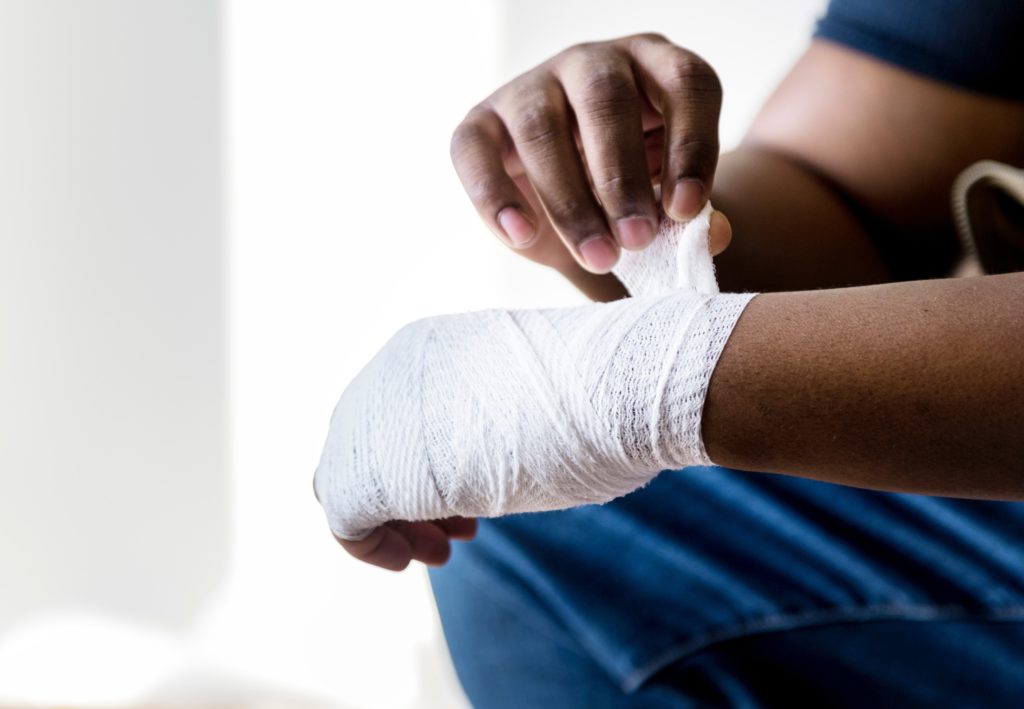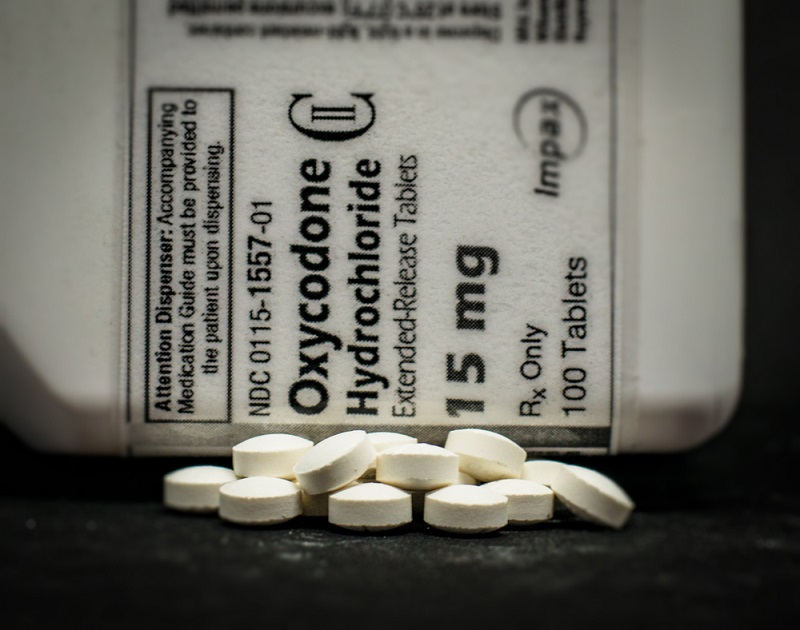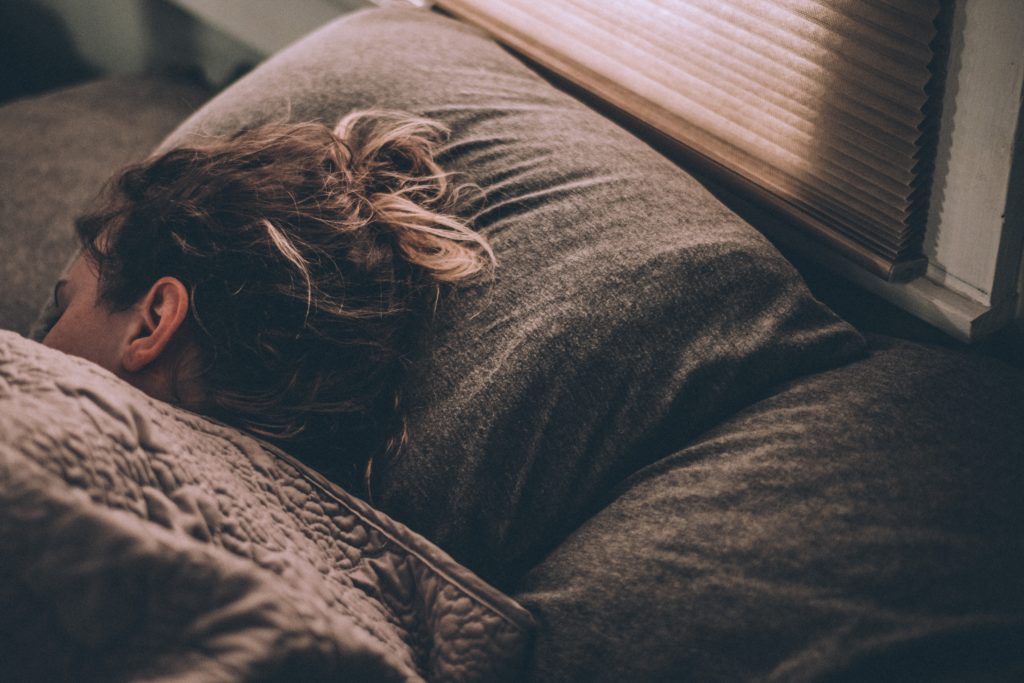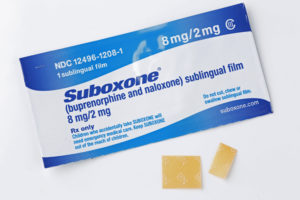Oxycodone is an opiate some doctorcs prescribe as a pain relieving drug for moderate to severe pain. However, many people can fall under the grip of oxycodone addiction. Oxycodone comes in form often with acetaminophen. Pills are available only through a doctor. Two types exist: controlled release and immediate release (IR).
Table of Contents
What Are the Signs of Oxycodone Addiction?

What is Oxycodone?
Oxycodone is a powerful opioid most commonly known to treat physical pain. The drug is manufactured from opium in the poppy plant. It impacts the brain comparably much like Heroin or Morphine. Oxycodone produces powerful euphoria. It is also known for being highly addictive. Studies show that addicts who abuse opiates such as Oxycodone are up to 40 times more likely to use Heroin.
Some popularly sold brand names for the drug Oxycodone include:
- Percocet
- Percodan
- Roxicet (or “Roxies” and “Blues”)
- OxyContin (“OC” or “Oxy”)

What Are the Signs of Oxycodone Addiction?
There are all kinds of apparent signs to look out for when you suspect someone may be experiencing drug abuse. The traits of drug addiction look similar. However, there are certain specific factors to notice when it comes to Oxycodone addiction.
Oxycodone addiction signs and symptoms will vary depending on the patterns of the drug abuser. For example, signs might vary depending on how much the user takes, how long he or she has been using, and the method they consume the drug. Some of the means for consumption of this drug include pills, snorting, crushing, or injecting.
Some visible signs of Oxycodone abuse Include:
- Constricted Pupils (dark part of the eye remains tiny, like a pinpoint)
- Heavy Sedation
- Respiratory issues
- Slow Breathing
- Euphoria
- Random drowsiness or restful relaxation
- Confusion
- Loss of coordination
- Constipation
- Nausea or Vomiting
In many cases, Oxycodone addiction will include periods of not feeling well. Often, the person will run out early from events or meetings due to feeling ill. When physical withdrawals from Oxycodone occurs, pupils may appear enlarged. It is common for people addicted to Oxycodone to not want to get out of bed. Their bodies are here trying to readjust to the absence of the drug. Additionally, they might show strong flu-like symptoms with intense cravings.
Oxycodone Addiction
Addiction to opiates will cause many changes in behavior. Most of all, oxycodone releases dopamine and other chemicals in the brain that are similar to the feeling of endorphins. In turn, this tricks the body into thinking it is not feeling as much pain as it actually is.
Since oxycodone is a narcotic pain reliever which slows down the normal functions of the respiratory system, many physical changes can be noted as well. These symptoms can especially be seen in the case of oxycodone addiction. A few examples of the most often present changes with oxycodone addiction include the following:
- Constant dry mouth
- Itchiness of the skin
- Dizziness
- Change in appetite
- Weight loss
- Unusual amounts of yawning
- Slurred speech
- Distant or “out of it” demeanor
- Attempts to obtain early refills on prescriptions
- Purchasing pills on the street or the internet
- Changes in performance at work
- Intense lack of motivation
- Depression
- Loss of interest in Family life and other personal obligations
- Unusual cash withdrawals in large amounts
- Obtaining more medication by forging or making false claims to medical professionals
- Legal consequences

Oxycodone Addiction Treatment
As opiates are a powerful semi-synthetic drug, they can cause withdrawal symptoms along with intense craving. Often times withdrawal and detox will need to be addressed with professional treatment options.
In some cases, this may include a medically assisted treatment using Zubsolv or Suboxone. It is highly recommended that Medication-Assisted Treatment (MAT) be closely watched by a doctor or treatment center. Not all drugs are the same for everyone, and a person undergoing recovery from oxycodone addiction can sometimes substitute one drug dependency with another.
Inpatient and Residential Addiction Treatment
Once Detox has been completed it is highly recommended to consider Residential treatment options such as a Substance Abuse Treatment Facility or Drug Rehab. These methods of treatment allow the recovering addict to surround themselves with a supportive, positive community best suited for sobriety. Professionals and medical workers can help him, or her find an alternative pain-relief method if the addiction began due to chronic pain.
Residential programs offer inpatient options to allow for time for the addict to return to normal life. Relapse is very common with opiate and opioid addiction. Actually, relapse can often have fatal consequences as many times the addict returns to using the same dosage they have used in the past. Therefore, this poses a danger to the user, as they don’t realize their body has fully detoxed already and can no longer handle a large amount of Oxycodone. Overdose is on the rise with this drug, as well as other opiate drugs. It’s important to keep this in mind when dealing with Oxycodone addiction in yourself or a loved one.
Opiate Abuse and Oxycodone Addiction Statistics
The American Society of Addiction Medicine (ASAM) report the following figures.
- In the year 2012, 259 million prescriptions were written for opioids. This is more than enough to
give every American adult their own bottle of pills. - Four in five new heroin users started out misusing prescription painkillers such as Oxycodone.
- 94% of respondents in a 2014 survey of people in treatment for opioid addiction said they
chose to use heroin because prescription opioids were “far more expensive and harder to
obtain.” - Prescription pain reliever overdose deaths among women increased more than 400%
from the years 1999 to 2010, compared to 237% among men in those years. - Heroin overdose deaths among women have tripled in the last few years. From 2010
through 2013, female heroin overdoses increased from 0.4 to 1.2 per 100,000.
Getting Help for Oxycodone Addiction
If you or someone you know is struggling with opioid addiction, reach out for help today. Oxycodone addiction is no joking matter. As we have seen, it can lead to overdose, addiction, and even death.
At Prevail Intervention, we believe getting sober can be one of the best things to happen in your life. We can help you or your family member get on the right path to recovery. If you have any questions or concerns about Oxycodone or opioid addiction, call us at our free Addiction Helpline. Here, one of our caring professionals can assist you. We know the data and the tools it takes to overcome addiction and take the steps to live a healthy, happy life.
Recovery is possible, so get the help and support you need today. We can guide you to the right inpatient or residential treatment center most effective for your unique needs.
Sources
Oxycodone Pharmaceutical Review
American Society for Addiction Medicine (ASAM) on Opioid Addiction



